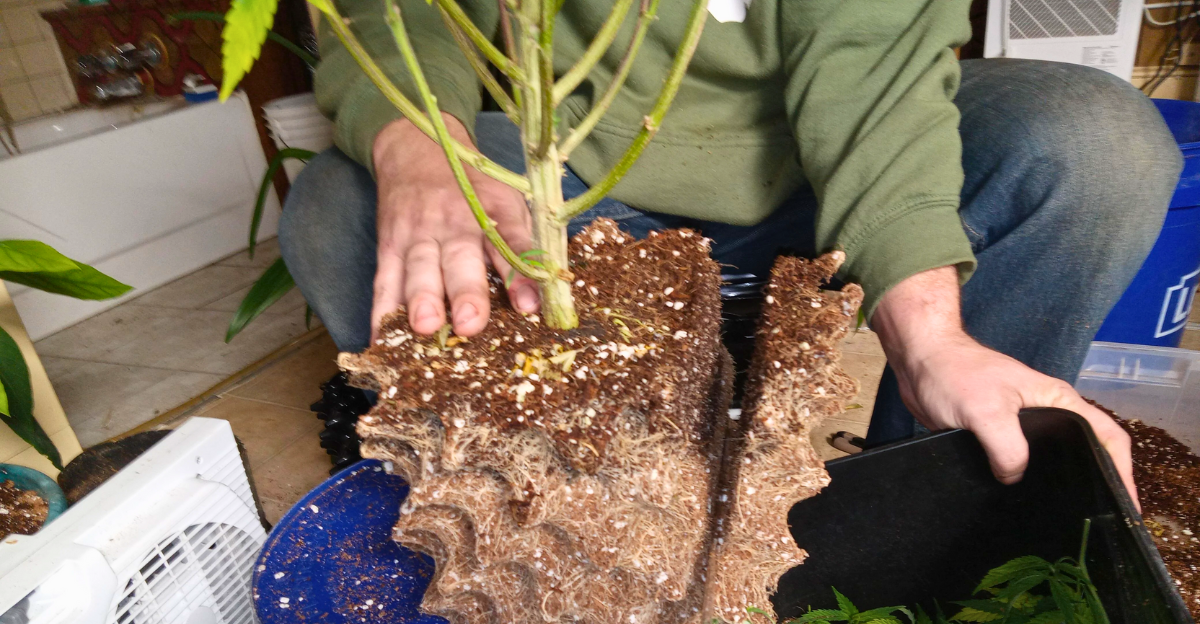
Gardening is a wonderful pastime that can help you unwind, create beautiful, natural scenes, and even help improve your property’s value. However, gardening isn’t always as simple as it sounds. It takes patience and a lot of perseverance. There are also a few rules you should know about planting anything in your garden, as few know that there are actually plants that are illegal to grow. Let’s take a look at what some of these plants are and how you can avoid any legal issues by avoiding them.
1.) Water Hyacinth – Pontederia crassipes
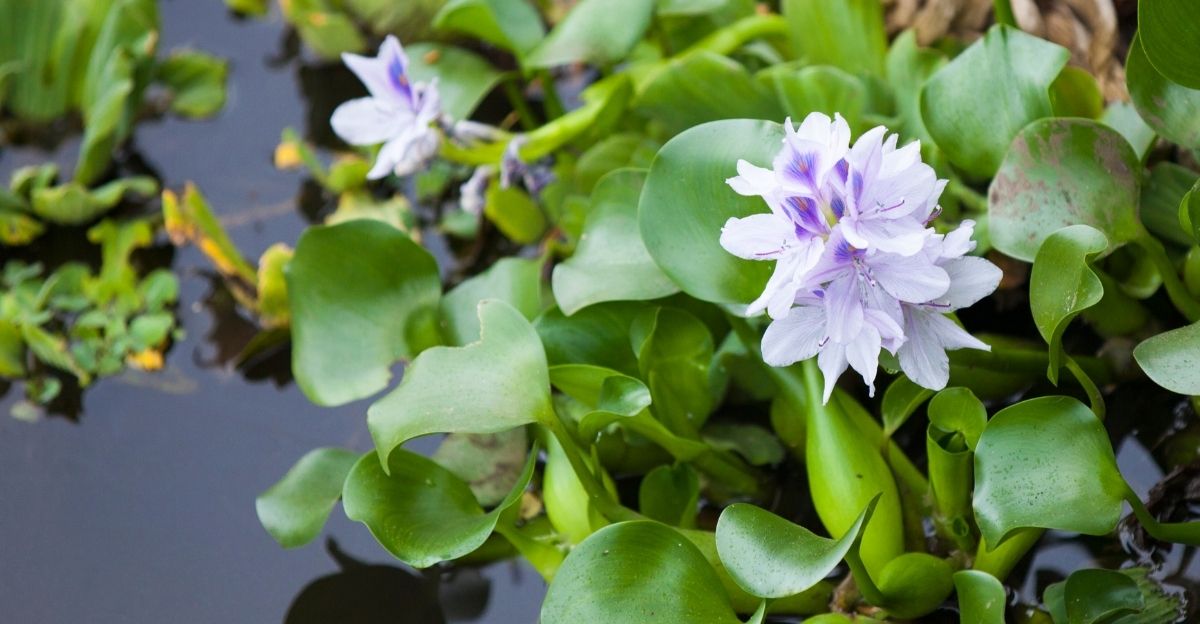
The Water Hyacinth is quite a pretty, otherwise unassuming purple flower that tends to grow naturally in tepid bodies of water. However, despite its otherwise placid appearance, the plant has actually been banned by the government in the US. According to government reports, the Water Hyacinth is considered an invasive species. It spreads rapidly and can often choke out other plants and aquatic life in places like rivers and ponds. It originated from South America, and the exact story of how it got to America is yet unknown.
2.) Garlic Mustard – Alliaria petiolata
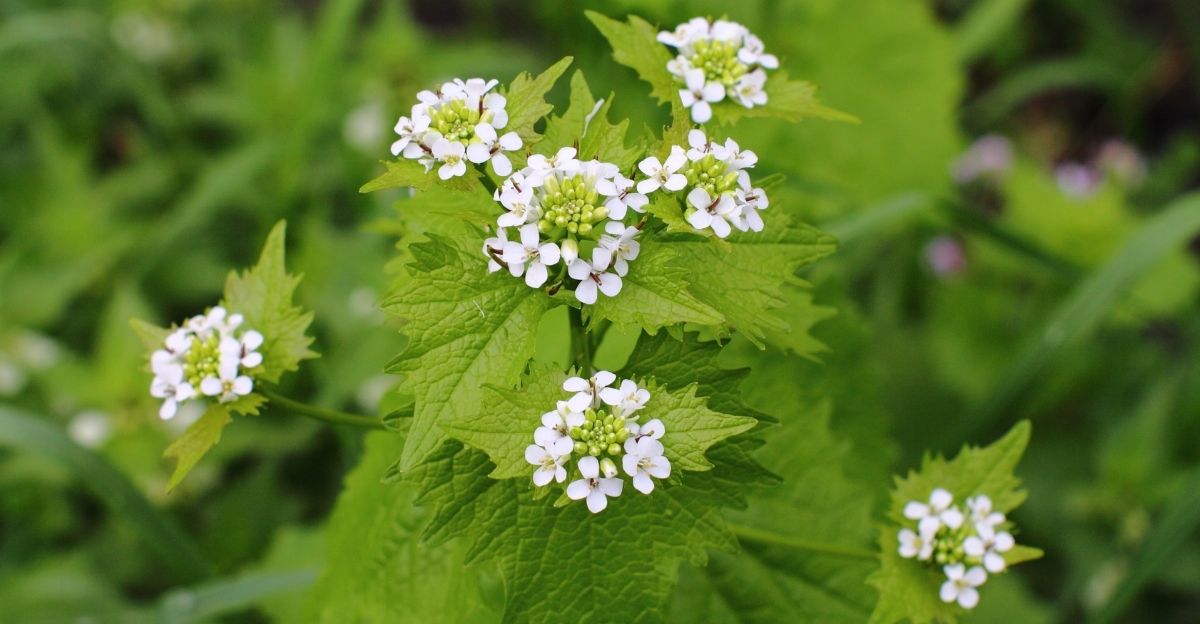
Garlic Mustard has become quite common in North America; however, it is also classified as an invasive species. The plant was brought to America by European settlers, where it was long used for flavoring food and for its mild medicinal qualities. The species tends to come out earlier than other species during the springtime, which means it tends to dominate the undergrowth in wooded areas, often causing local plants to lose the valuable space they need. The part is also considered toxic, as it’s known to contain small amounts of cyanide.
3.) Japanese Barberry – Berberis thunbergii

The Japanese barberry is a very pretty bush that also produces small berries. The plant is currently spread around the northeastern parts of America, but is ranked ‘Very High’ on the New York State Threat Assessment scale. This is because the plant is highly invasive and leads to a decline in species diversity. On top of that, the plant is also known for raising the pH levels of soil, making it more infertile. They’re also a huge benefit for ticks, as they tend to proliferate in the dense foliage of the bush.
4.) Water Spinach – Ipomoea aquatic
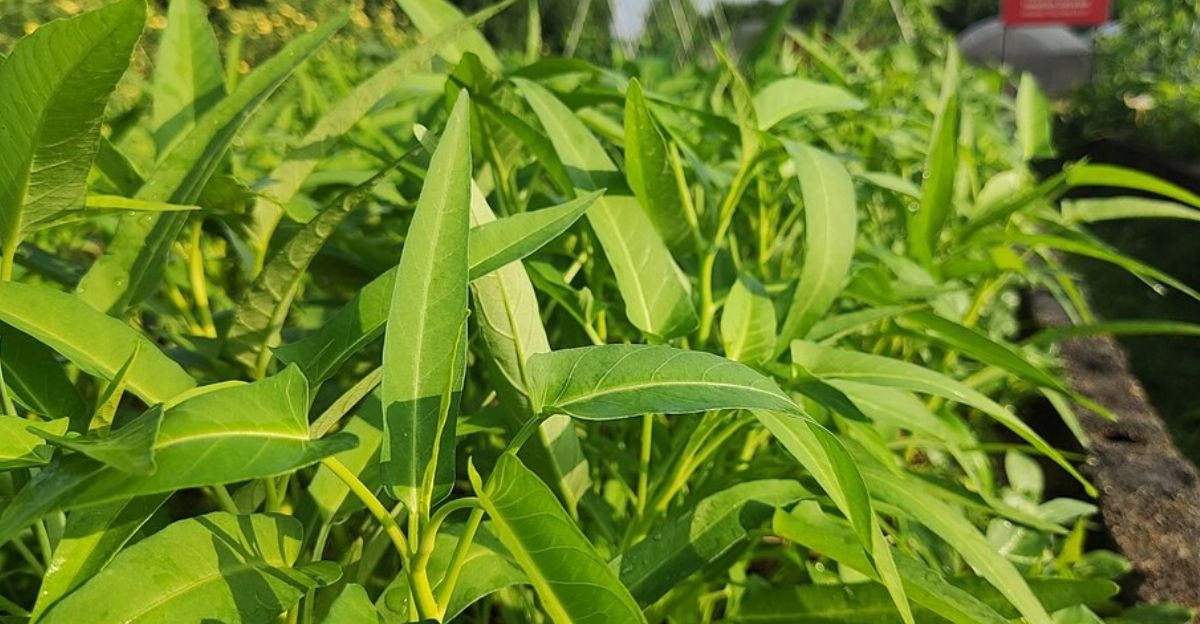
Water Spinach is actually a pretty remarkable plant that is used in a variety of different ways. It can be added to dishes as food, used as fertilizer, or even used as a form of animal feed. However, the plant is also regarded as a ‘highly noxious’ plant and is currently banned in Florida. While Texas has dropped the ban placed on the plant, you could still get into a lot of trouble for growing it in Florida. People outside of Florida should be fine, though.
5.) Brazilian Peppertree – Schinus terebinthifolia

The Brazilian Peppertree, also known as ‘Florida Holly’, is widely spread throughout America. However, the plant is considered a serious invasive threat by the California Invasive Plant Council as well as by the Florida Department of Agriculture and Consumer Services. The tree is hard to get rid of because it sprouts again wherever it’s been cut. According to the AMA of Poisonous and Injurious Plants, the berries of the plant are also known to cause intestinal problems and even paralysis in certain bird species. The sap also causes serious skin irritations like rashes. Best to stay away from this one.
6.) Giant Hogweed – Heracleum mantegazzianum
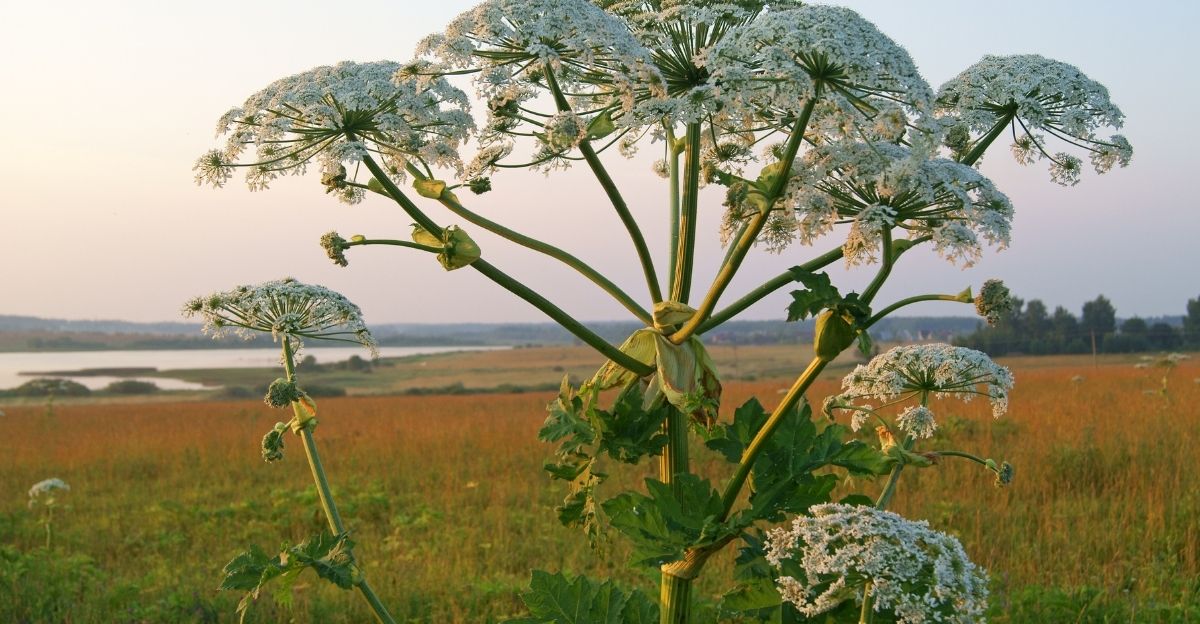
Giant Hogweed is a particularly nasty little plant. Well, it can actually grow to surprisingly large sizes. The plant is generally considered highly invasive across Europe and in the US. According to Wikipedia, the plant causes a severe reaction when it comes into contact with the skin. This can often result in rashes, blisters, and severe, burning itches. The plant is best avoided at all costs, as even a minor or brief encounter can leave your skin swollen, itchy, and burning.
7.) Yellow Iris – Iris pseudacorus
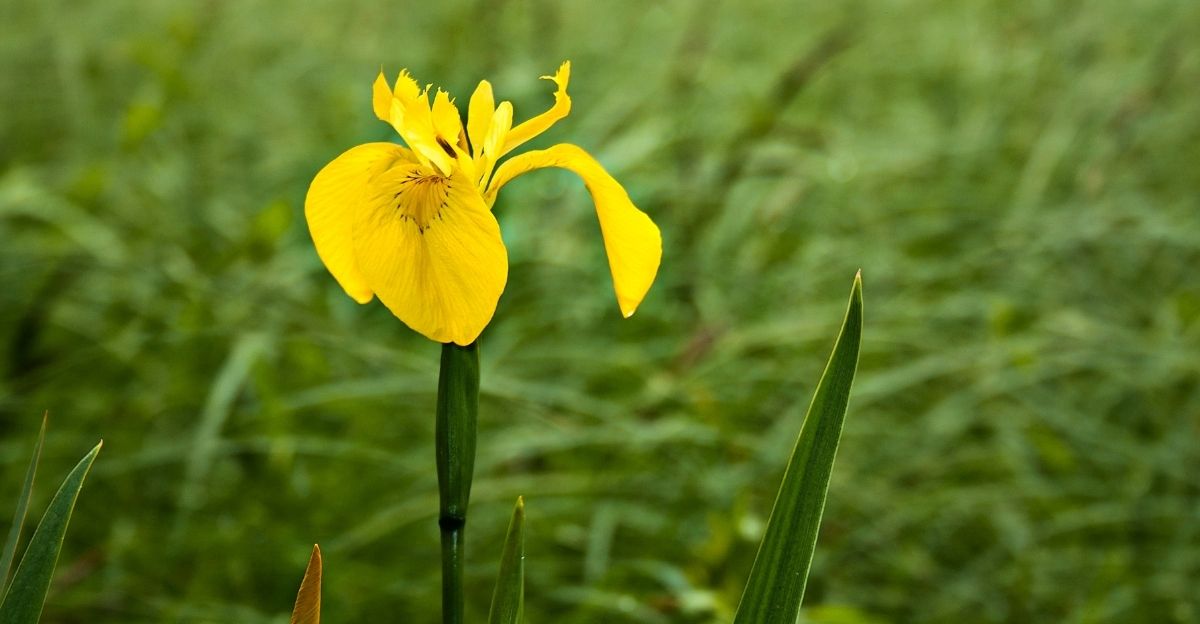
Yellow Iris is actually quite a pretty plant and has been successfully cultivated in the United Kingdom. However, when the plant migrated to America, it escaped cultivation, which essentially means it got released into the wild. Since then, the plant has been named an invasive species as it can spread very quickly in an aquatic environment. This tends to result in what botanists refer to as a ‘monotypic’ environment, in other words, one species dominates. This can generally make it harder for other species to grow in the area.
8.) Chinese Privet – Ligustrum sinense
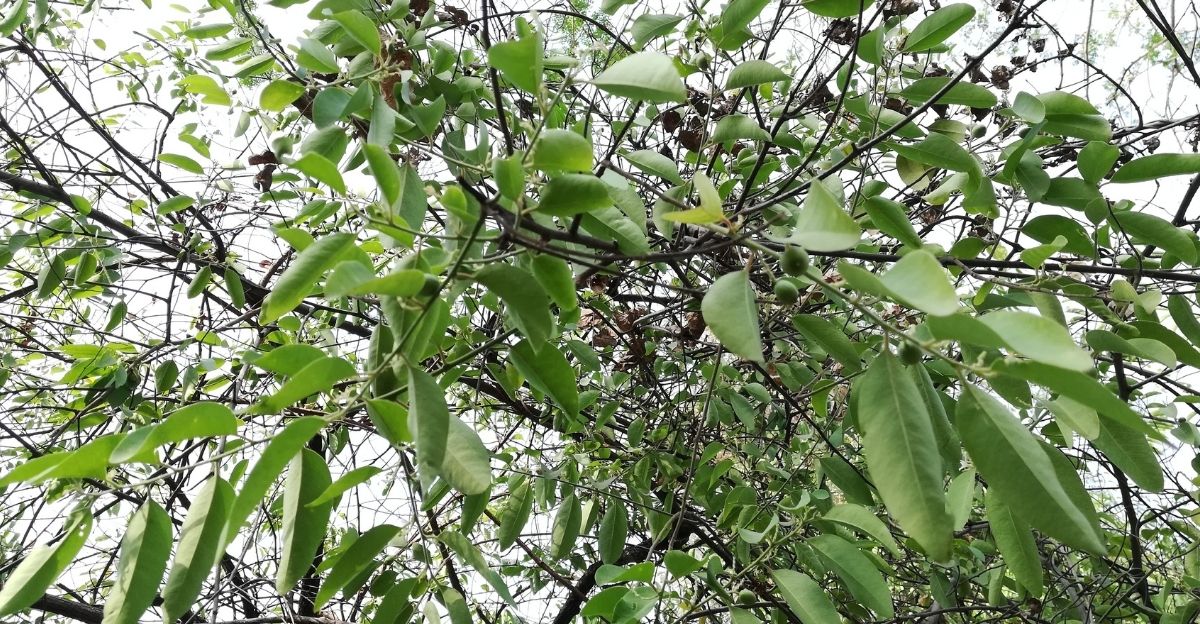
The Chinese Privet was originally introduced into America for cultivation as an ornamental hedge. However, the plant also escaped cultivation and has since gone on to spread all around southeastern America. It is estimated today that Chinese Privet occupies over a million hectares of land across twelve states, from Virginia to Florida. The plant is labelled as an invasive species because it’s spreading too quickly and causing a massive loss in biodiversity.
9.) Fig Buttercup – Ficaria verna
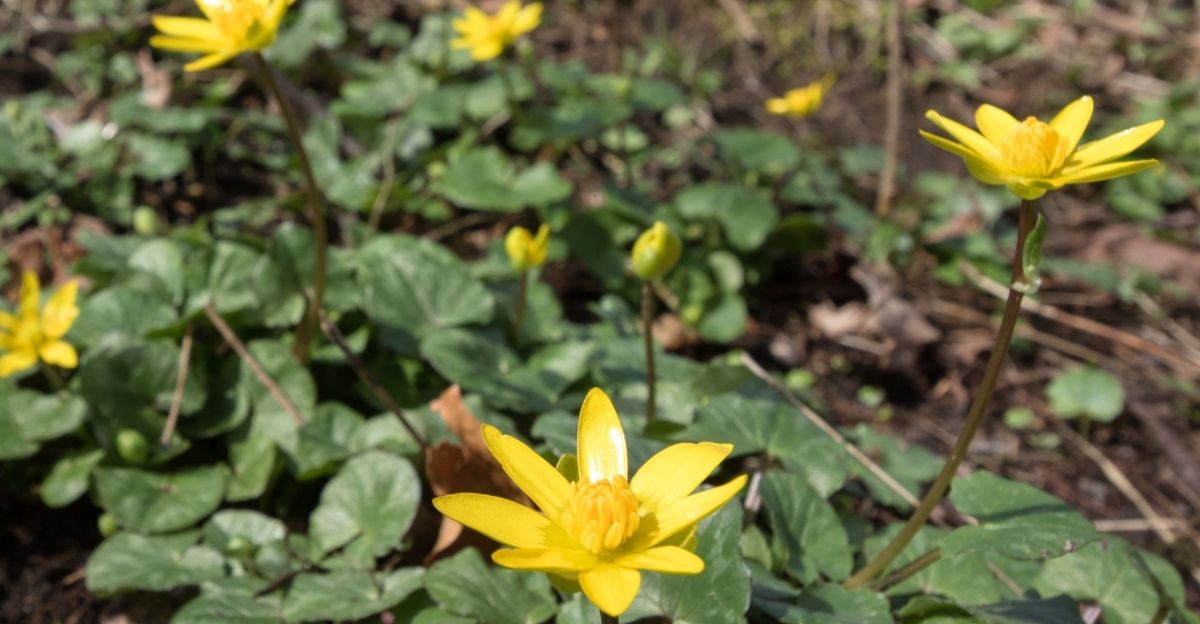
The Fig Buttercup is generally considered a highly invasive species. It is also characterised by being able to bloom earlier in spring, which tends to mean that it can spread quickly, often forming huge mats that cover huge areas of land in forested areas. The plant is also considered toxic and can even be fatal to animals who eat it accidentally. While some in England have suggested its possible use as a garden plant, in America, they’re deemed invasive.
Always Do Your Homework
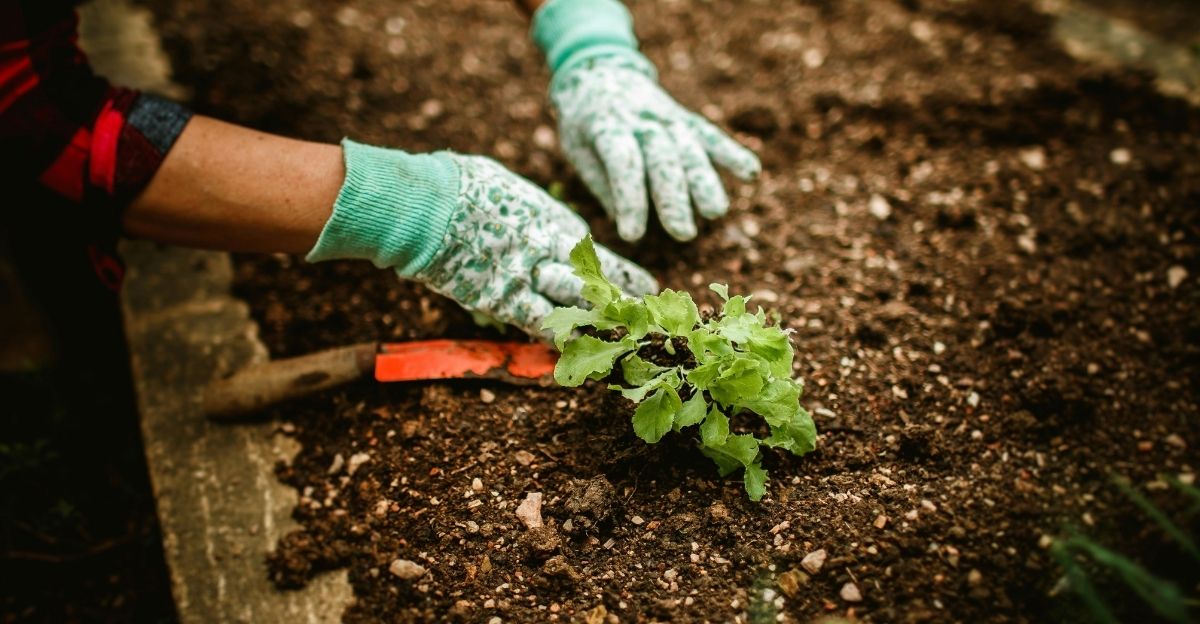
Gardening is a lot of fun. However, it’s important to do your research carefully before planting anything, especially if you’re a novice gardener. There’s always the risk that you could stumble upon something that’s either dangerous or illegal. Rather than wind up with a fine, rash, or even a serious vet’s bill, it pays to do a little investigating before opting for any botanical selections in your garden bed. Research also helps you create a healthier, more vibrant garden, as you can identify species that work well together.
Think Twice
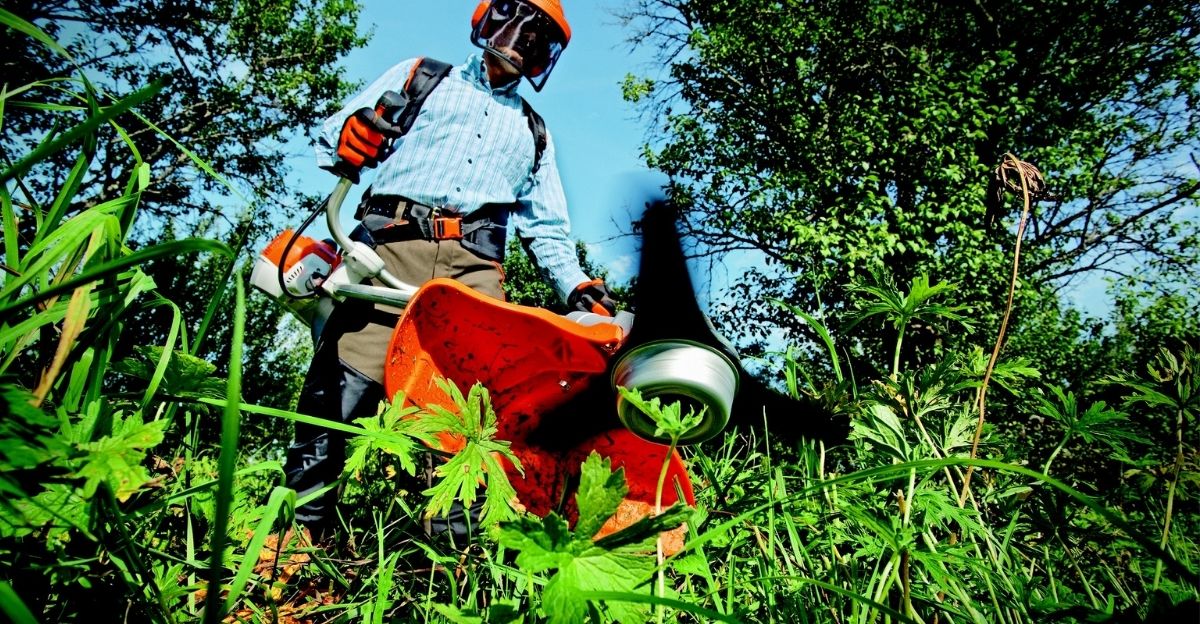
Identifying a plant at first glance can be difficult. Be sure to always check for the name of the plant before you make any purchases. This way, you can equip yourself to do your research properly. According to the Lacey Act, fines can go up to $5,000 for individuals caught with invasive species, so it’s best to avoid them entirely. There are lots of resources online to help identify and combat invasive species. A quick Google search will help. Remember, think twice! If you liked this article, be sure to check out more on our site.
